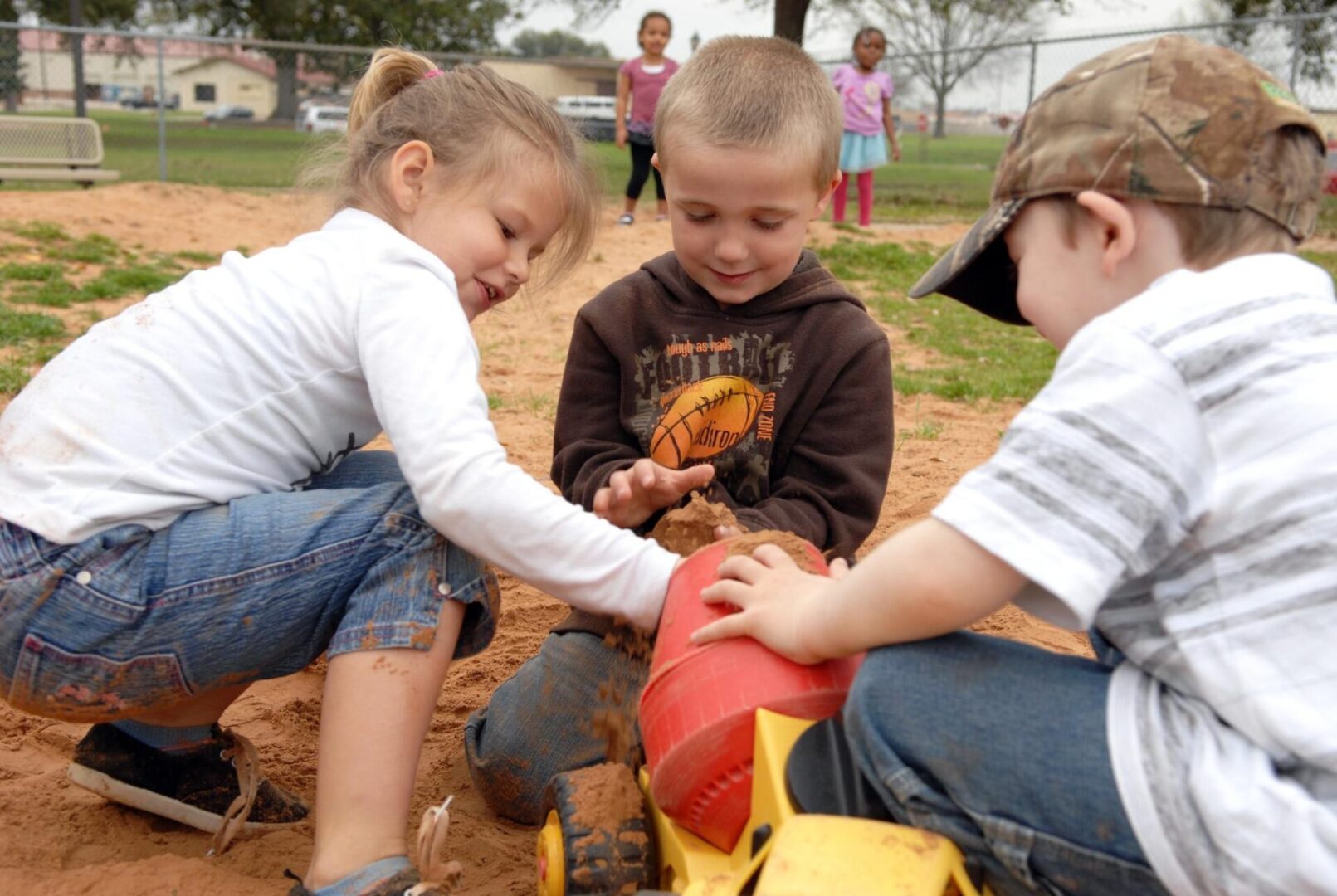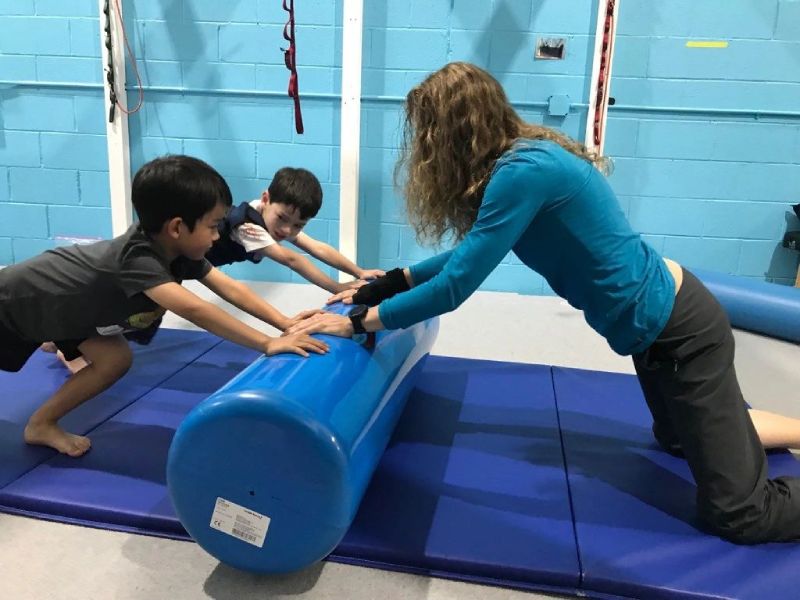
Strategies
Wouldn’t it be wonderful if there were a one-size-fits-all answer to the question, “What should I do to help my child?” Since we are all unique individuals with different needs, strengths, and areas of concern, this does not exist. Through becoming parent detectives, understanding your needs as a parent, and trial and error while implementing strategies, you can figure out the best solutions for your family.
Do you remember on Page 3 the different factors that contribute to behaviors? To shift the behavior we need to identify which factors are contributing to the behavior. Let’s go through each of the factors to problem-solve how we could address a behavior most effectively.
Basic Needs
Such as sleep, nutrition, and overall health directly affect behavior and need to be taken into account.
- If their basic needs aren't met, that is what you need to address first!
Set yourself and your child up for success. Have snacks, a water bottle, and fidgets/sensory toys available for your child when you’re out and about. Possibly more than one activity in a day is too much for your child. It’s okay to decline a playdate invitation if your child has already attended a birthday party or had a soccer game that same day.

Personality And Temperament
Personality and temperament are unique to everyone. While some children might jump right into a new situation, others need time to watch and observe. Understand the way your child responds to unique/novel situations. Giving your slow-to-warm-up child extra support instead of rushing them off to play… Validate emotions and encourage them to join the party, playdate, etc, when they are ready.
Some children are less adaptable to transitions, new situations or changes in routine. Allow for previews or narrate what’s going to come next or countdowns. It’s also helpful to include the child if possible to determine when it’s time to move to the next activity, such as “Should we go down the slide 2 or 3 more times before we need to leave the park?” Some children benefit from visual cues as well as verbal ones.

Past Experiences
Whether positive or negative, affect your child’s behavior. For every negative experience and/or feeling, it takes multiple positive ones to counteract the impact it has on the child.
Both conscious and unconscious experiences
How past experiences affect the nervous system and how you respond to similar experiences in the future.
Motivation
Motivation matters, for us and our children. The more motivating the task is, the easier it is to engage our children.
Giving children some control over their decisions and activities can boost their (intrinsic) motivation; taking ownership of a task
Do we want to include resilience and growth mindset re: discussion of motivation/frustration tolerance??
Bribes and rewards are okay in one-off situations; however, doing so regularly can lead children to think they’ll get rewards for doing things they’re expected to do.

Indevidual Skills and Development Level
Individual skills and developmental level must always be taken into consideration when assessing our child’s behavior. We must identify if the child has the skills to be successful with the task, if they do not, then the expectation is too great. Developmentally appropriate expectations keep expectations of our children’s behavior in line with their developmental skills. This allows us to be less frustrated because we understand it’s a part of their developmental journey(?). Instead of becoming frustrated, we can support the child through challenging behaviors rather than disciplining them for such behaviors.
It’s easy to get frustrated with behaviors when we’re expecting too much of a child.
“Children do well if they can.” (Ross Greene) Lagging skills?
Don’t just go off chronological age or compare to your child’s peers/classmates
We need to align our expectations with our child’s developmental stage (and sensory profile)
It can sometimes be exasperating when you know a child possesses a skill, such as putting on socks and shoes, but can’t or refuses to while you’re trying to rush out the door to get to school. Their brains are too stressed(?)/overwhelmed to recall/complete the task. It's somewhat like the idea that we know how and possess the skill to remain calm and take a pause when we’re frustrated by our child, but just can’t recall our strategies in that stressed moment.
Emotions
Emotions are a significant factor that affects behavior at any age. Managing emotions is hard for both adults and children! By frequently discussing our emotions in everyday situations, we begin to explore and understand them.
Emotional intelligence
Emotion coaching
Sensory Systems
Sensory systems that take in and interpret information from our environment and body, influence our behaviors and how we interact with the world. Individual sensory differences (sensitivities, preferences, and challenges) need to be respected and accounted for. See the next section for more information on the sensory systems.
Fostering an Alliance
Fostering an alliance with your child. Building a connection with your child allows for a sense of trust and emotional safety that is needed to participate in new and challenging tasks. The emotional support a child receives through a strong connection to caregivers will allow them to persevere.
Creating a Play Context
Creating a play context uses your child’s motivation and naturally playful behavior to guide activity choices. Following your child's lead will increase creativity, imagination, and learning. True play has no rules, no expectations, is spontaneous, motivating, and done merely for the sake of enjoyment.
Collaborating on Activity Choices
Collaborating on activity choices, work with your child to identify what activities to engage in during play. Actively listen to your child throughout the entirety of the play activity, allowing for problem-solving, learning, and growth. Do not pre-select the activity without your child’s involvement.
Ensuring physical safety
Ensuring physical safety ensures your child is safe during activities. Anticipate any safety concerns, even minimal ones, and account for them.
Providing the just-right challenge and maximizing success
Providing the just-right challenge and maximizing success starts with an activity level that allows for success and then modifying (making it harder or easier) as needed to provide the ideal challenge for your child. Activities that provide a “just-right” challenge will promote positive changes and growth.
Supporting self-regulation
Supporting self-regulation use information from your child's sensory preferences to promote self-regulation for improved attention and engagement in tasks. It is important to acknowledge that your child's individual sensory needs will determine which activities are used to promote regulation. For more information on self-regulation, click here.
Activities should promote an adaptive response
Activities should promote an adaptive response an adaptive response occurs when your child responds successfully to any activity that is difficult for them. Some examples of adaptive responses include catching a ball, getting dressed, bathing, trying new foods, following directions, playing with peers, etc. Adaptive responses show development is occurring and will progress as your child continues to learn and develop new skills.
Presenting Sensory Opportunities
Presenting sensory opportunities every activity is a sensory experience. Be mindful of your child’s sensory needs, preferences, and sensitivities. Offer a variety of different activities to meet your child’s sensory needs/preferences, while gently encouraging exploration of sensory experiences they may be sensitive to or afraid of.
- When the child is ready, validate and reflect on how your child is feeling.
The focus here is on connecting with your child and helping them by empathizing and validating their feelings so that they feel heard and seen. It shows that you understand what they are feeling without trying to talk them out of, dismiss, or shame them for it.
- Once the child is feeling connected, back to a regulated state and no longer overwhelmed with emotions, we have the opportunity to reflect on what happened.
Use this opportunity to help your child understand that they were overwhelmed by their emotions and not to “teach a lesson” or lecture about what the child did wrong. Briefly talk about what occurred and, if able, help your child form a story about the situation, including what initially upset them.
- From here, we can problem-solve with our child on strategies we can use next time they are having big emotions.
Work together to brainstorm strategies and tools for managing overwhelming emotions that occur in the future. Problem-solving together is empowering for the child. Ask questions such as, “What could you do instead of…?” or “How can I help you next time?” The goal is to help your child learn from the experience and give them the tools to express their emotions safely.











